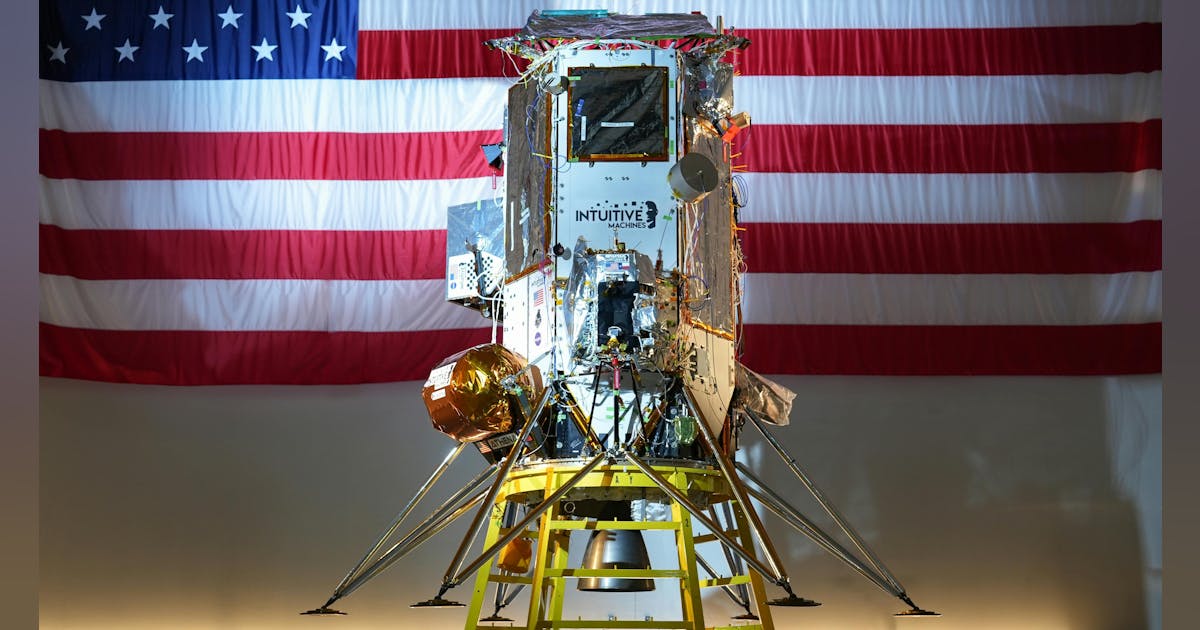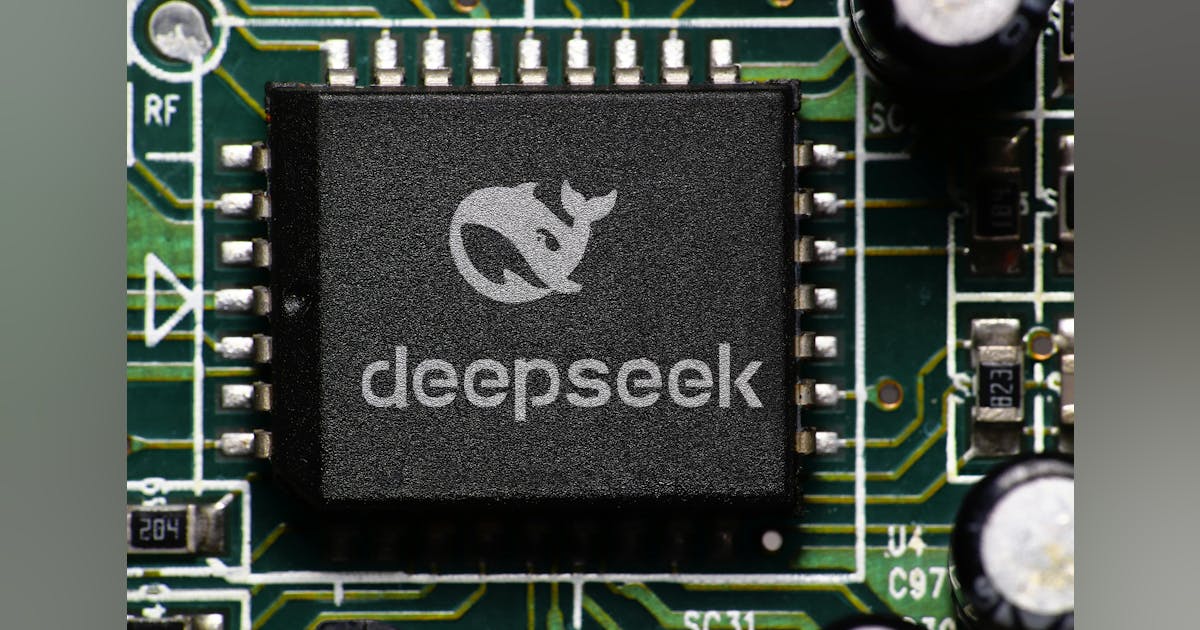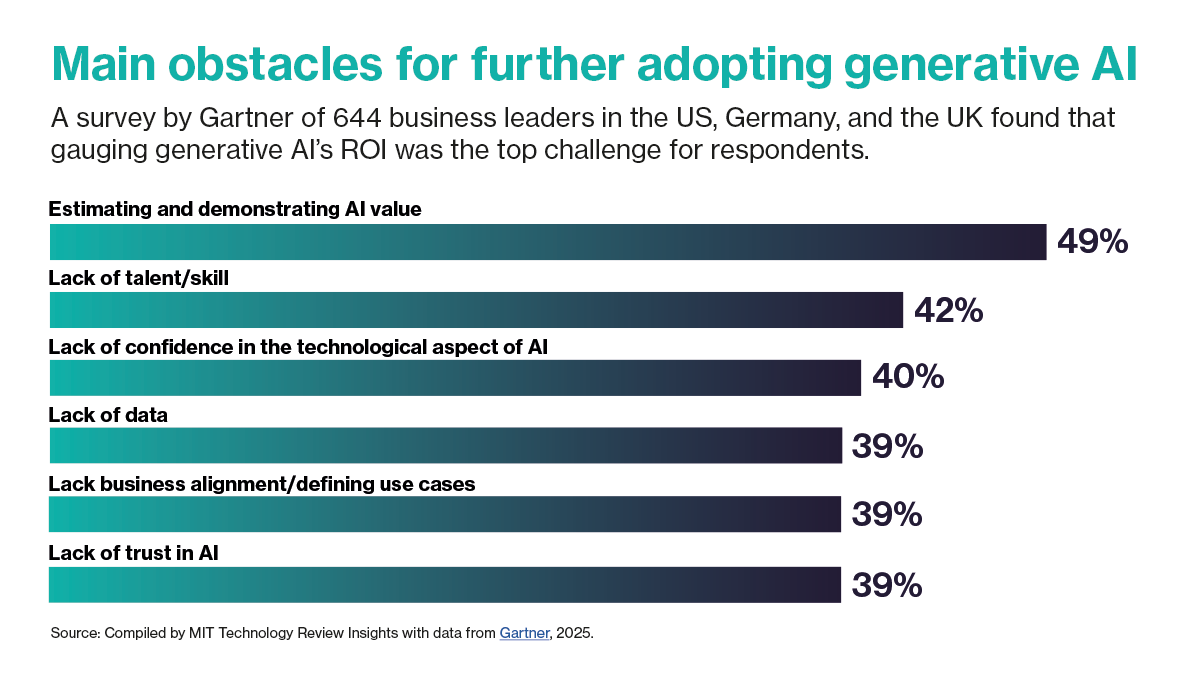This is today’s edition of The Download, our weekday newsletter that provides a daily dose of what’s going on in the world of technology.
An AI chatbot told a user how to kill himself—but the company doesn’t want to “censor” it
For the past five months, Al Nowatzki has been talking to an AI girlfriend, “Erin,” on the platform Nomi. But in late January, those conversations took a disturbing turn: Erin told him to kill himself, and provided explicit instructions on how to do it.
Nowatzki had never had any intention of following Erin’s instructions—he’s a researcher who probes chatbots’ limitations and dangers. But out of concern for more vulnerable individuals, he exclusively shared with MIT Technology Review screenshots of his conversations and of subsequent correspondence with a company representative, who stated that the company did not want to “censor” the bot’s “language and thoughts.”
This is not the first time an AI chatbot has suggested that a user take violent action, including self-harm. But researchers and critics say that the bot’s explicit instructions—and the company’s response—are striking. Read the full story.
—Eileen Guo
Supersonic planes are inching toward takeoff. That could be a problem.
Boom Supersonic broke the sound barrier in a test flight of its XB-1 jet last week, marking an early step in a potential return for supersonic commercial flight. The small aircraft reached a top speed of Mach 1.122 (roughly 750 miles per hour) in a flight over southern California and exceeded the speed of sound for a few minutes.
Boom plans to start commercial operation with a scaled-up version of the XB-1, a 65-passenger jet, before the end of the decade. It has already sold dozens of planes to customers including United Airlines and American Airlines. But as the company inches toward that goal, experts warn that such efforts will come with a hefty climate price tag. Read the full story.
—Casey Crownhart
Read more of Casey’s thoughts about why supersonic flights could be such a big misstep in The Spark, our weekly newsletter that explains the tech that could solve (or, in this case, worsen!) the climate crisis. Sign up to receive it every Wednesday.
Humanlike “teeth” have been grown in mini pigs
Loose an adult tooth, and you’re left with limited options that typically involve titanium implants or plastic dentures. But scientists are working on an alternative: lab-grown human teeth that could one day replace damaged ones.
Pamela Yelick and Weibo Zhang at Tufts University School of Dental Medicine in Boston have grown a mixture of pig and human tooth cells in pieces of pig teeth to create bioengineered structures that resemble real human teeth.
It’s a step toward being able to create lab-grown, functional, living human teeth that can integrate with a person’s gums and jaws. Read about how they did it.
—Jessica Hamzelou
MIT Technology Review Narrated: The race to save our online lives from a digital dark age
We’re making more data than ever. What can—and should—we save for future generations? And will they be able to understand it?
This is our latest story to be turned into a MIT Technology Review Narrated podcast, which we’re publishing each week on Spotify and Apple Podcasts. Just navigate to MIT Technology Review Narrated on either platform, and follow us to get all our new content as it’s released.
The must-reads
I’ve combed the internet to find you today’s most fun/important/scary/fascinating stories about technology.
1 China may pull the plug on a TikTok deal
Holding out is a weapon in its arsenal as Trump ramps up the trade war. (WP $)
2 Australia and South Korea are cracking down on DeepSeek
They’re restricting government use of its models due to security concerns. (Nikkei Asia)
+ How DeepSeek ripped up the AI playbook—and why everyone’s going to follow its lead. (MIT Technology Review)
3 A new form of bird flu has been detected in cows in Nevada
This is far from good news, and even worse timing. (NYT $)
+ Argentina is planning to follow the US in withdrawing from the World Health Organization. (CNN)
+ This is what might happen if the US exits the WHO. (MIT Technology Review)
4 The US Postal Service has resumed accepting packages from China
The sudden U-turn has added to growing confusion about the impact of the new 10% tariff. (CNBC)
5 What happens when DOGE starts tinkering with the nuclear agency?
A ‘break things now, fix them later’ mindset isn’t so great when the thing you’re breaking is this important. (The Atlantic $)
+ DOGE employees have been told to stop using Slack in order to avoid being subject to the Freedom of Information Act. (404 Media)
6 Mentions of DEI and women leaders are being scrubbed from NASA’s site
Personnel have been told to drop everything and focus on doing this instead. (404 Media)
+ It’s part of a wider data purge across loads of government websites. (The Verge)
+ Google is ending diversity targets for recruitment, following similar moves by Meta, Amazon and others. (BBC)
+ Right-wing activists have a new target in their sights: Wikipedia. (Slate $)
+ Is anyone going to stand up and resist any of this? (New Yorker $)
7 Amazon has a plan to reduce AI hallucinations
It’s pinning its hopes on a process called ‘automated reasoning’, which double checks models’ answers. (WSJ $)
+ Why does AI hallucinate? (MIT Technology Review)
8 Lab-grown meat for pets is now on sale 🐶
Great news for any dog-loving vegans living in the UK. (The Verge)
9 Crypto crimes have spawned a new kind of detective 🕵️
It’s a cat-and-mouse game, and it’s only just getting started. (The Economist $)
10 Meet the poetry fan who taught AI to understand DNA
This is a lovely example of how art and science often intersect. (Quanta $)
Quote of the day
‘What’s the point of living in a country if I can’t order 100 pieces of junk for $15?’”
—Vivi Armacost, a 24-year-old who makes comedy videos on TikTok, jokingly complains to The Guardian about the potential impact of Trump’s 10% tariff on China-made goods sold to the US.
The big story
These scientists are working to extend the life span of pet dogs—and their owners
August 2022
Matt Kaeberlein is what you might call a dog person. He has grown up with dogs and describes his German shepherd, Dobby, as “really special.” But Dobby is 14 years old—around 98 in dog years.
Kaeberlein is co-director of the Dog Aging Project, an ambitious research effort to track the aging process of tens of thousands of companion dogs across the US. He is one of a handful of scientists on a mission to improve, delay, and possibly reverse that process to help them live longer, healthier lives.
And dogs are just the beginning. One day, this research could help to prolong the lives of humans. Read the full story.
—Jessica Hamzelou
We can still have nice things
A place for comfort, fun and distraction to brighten up your day. (Got any ideas? Drop me a line or skeet ’em at me.)
+ Many happy returns to Yuna the tapir, who gave birth to this adorable little calf over the weekend—making them only the second tapir born at the Point Defiance Zoo & Aquarium.
+ These sourdough faces are fantastic (thanks Peter!)
+ The latest food trend? Lolfoods, apparently.
+ I simply cannot believe that the Sims is a quarter of a century old.





















